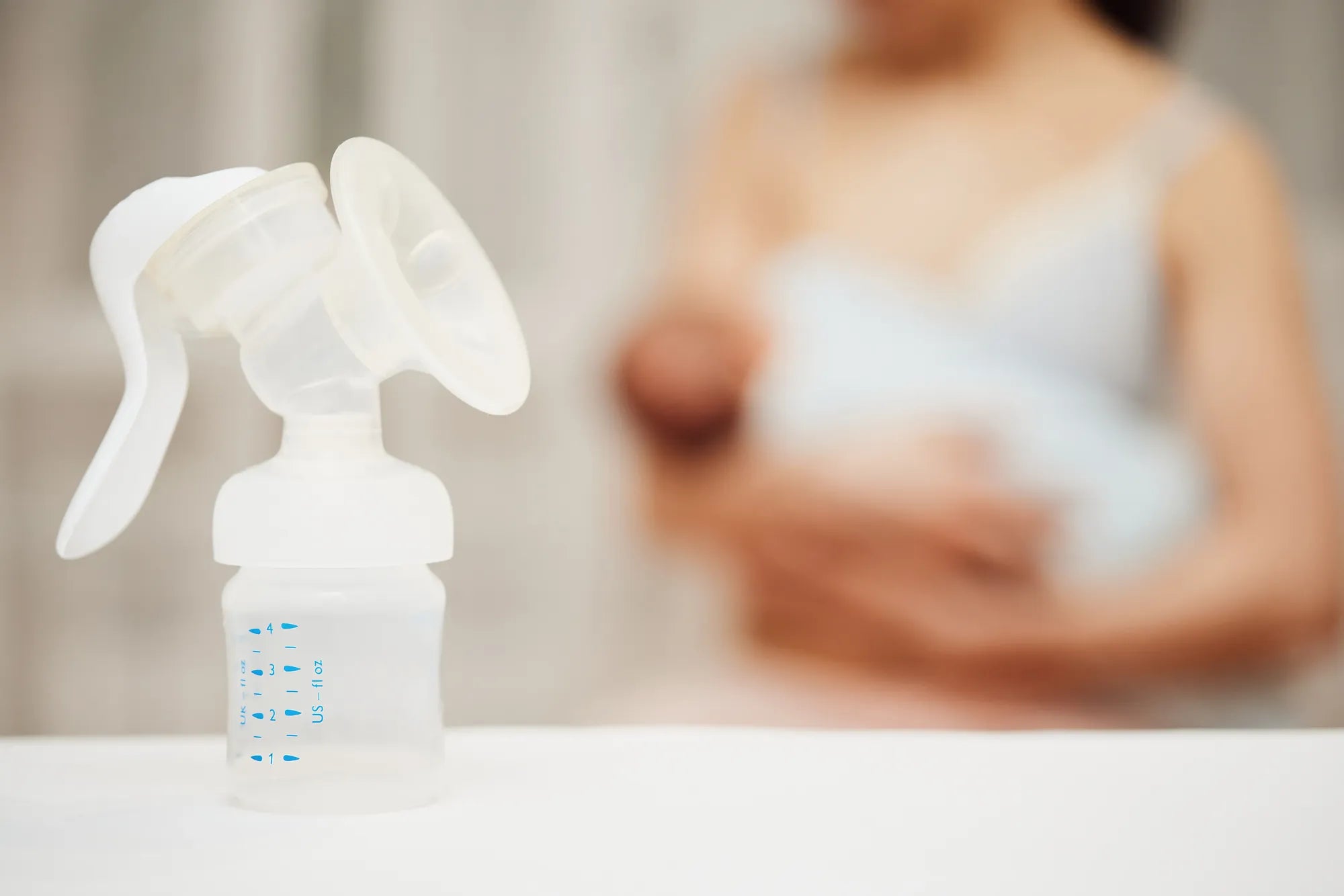Accueil
Pregnancy, Breastfeeding, and Pumping: The Ultimate Guide for Moms
Can Mold in Breast Pump Harm Baby: What Every Parent Should Know

Can Mold in Breast Pump Harm Baby: What Every Parent Should Know
Breastfeeding is one of the most natural ways to nourish your baby, but what happens when the tools you rely on, like breast pumps, become a source of harm? Mold in breast pumps is a concern that many parents overlook, yet it can pose serious risks to your baby's health. This article dives deep into the potential dangers of mold in breast pumps, how it can affect your little one, and what you can do to prevent it.
Understanding the Risks of Mold in Breast Pumps
Mold is a type of fungus that thrives in moist environments, making breast pumps a prime target. When not properly cleaned and dried, residual milk and moisture can create the perfect breeding ground for mold. If mold grows in the pump's tubing, valves, or other components, it can contaminate the milk your baby consumes.
Exposure to mold can lead to a range of health issues for infants, who are particularly vulnerable due to their developing immune systems. Symptoms of mold exposure in babies may include respiratory problems, allergic reactions, and even gastrointestinal issues. In severe cases, prolonged exposure to mold can lead to more serious conditions like fungal infections.
How Mold Contaminates Breast Milk
Mold spores are microscopic and can easily travel through the air or attach to surfaces. When mold grows in a breast pump, it can release spores into the milk during pumping. Even if the mold is not visible, its presence can still contaminate the milk, putting your baby at risk.
Contaminated milk can alter the taste and smell, making it unappealing to your baby. More importantly, it can introduce harmful toxins into your baby's system. This is why it's crucial to inspect your breast pump regularly and ensure it is thoroughly cleaned and dried after each use.
Signs of Mold in Your Breast Pump
Detecting mold in your breast pump requires careful inspection. Look for visible signs of mold, such as black, green, or white spots in the tubing, valves, or other parts of the pump. A musty or unpleasant odor is another indicator that mold may be present.
If you suspect mold but cannot see it, consider replacing the affected parts or the entire pump to avoid any risk. Remember, mold can grow in hidden areas, so a thorough cleaning and inspection are essential.
Preventing Mold Growth in Breast Pumps
Prevention is the best way to protect your baby from the dangers of mold in breast pumps. Here are some practical tips to keep your breast pump mold-free:
- Clean your breast pump immediately after each use. Use warm, soapy water to wash all parts that come into contact with milk.
- Rinse thoroughly to remove all soap residue, as leftover soap can also harbor bacteria and mold.
- Dry all parts completely before reassembling or storing. Use a clean, dry towel or let the parts air dry in a well-ventilated area.
- Store your breast pump in a clean, dry place. Avoid storing it in damp or humid environments.
- Replace worn-out or damaged parts regularly. Over time, cracks and crevices in the pump can trap moisture and promote mold growth.
What to Do If You Find Mold in Your Breast Pump
If you discover mold in your breast pump, take immediate action to protect your baby. Stop using the pump and discard any milk that may have been contaminated. Disassemble the pump and clean all parts thoroughly with hot, soapy water. For stubborn mold, consider using a vinegar solution or a specialized cleaning product designed for breast pumps.
If the mold is extensive or difficult to remove, it may be best to replace the affected parts or the entire pump. Your baby's health is worth the investment in a safe and clean feeding tool.
The Importance of Regular Maintenance
Regular maintenance is key to ensuring the safety and effectiveness of your breast pump. Make it a habit to inspect your pump before and after each use. Check for signs of wear and tear, such as cracks, discoloration, or unusual odors.
By staying vigilant and proactive, you can minimize the risk of mold growth and ensure that your baby receives the best possible nutrition. Remember, a clean and well-maintained breast pump is essential for your baby's health and well-being.
Mold in breast pumps is a serious issue that every parent should be aware of. By understanding the risks, taking preventive measures, and maintaining your pump properly, you can protect your baby from potential harm. Don't let something as preventable as mold compromise your baby's health—take action today to ensure a safe and healthy feeding experience.
Partager

